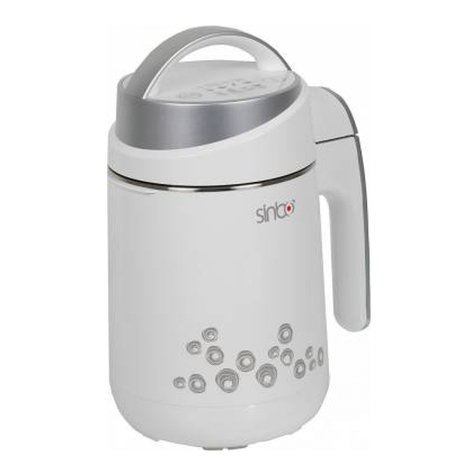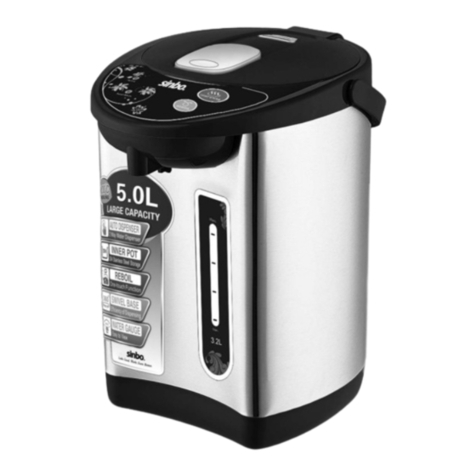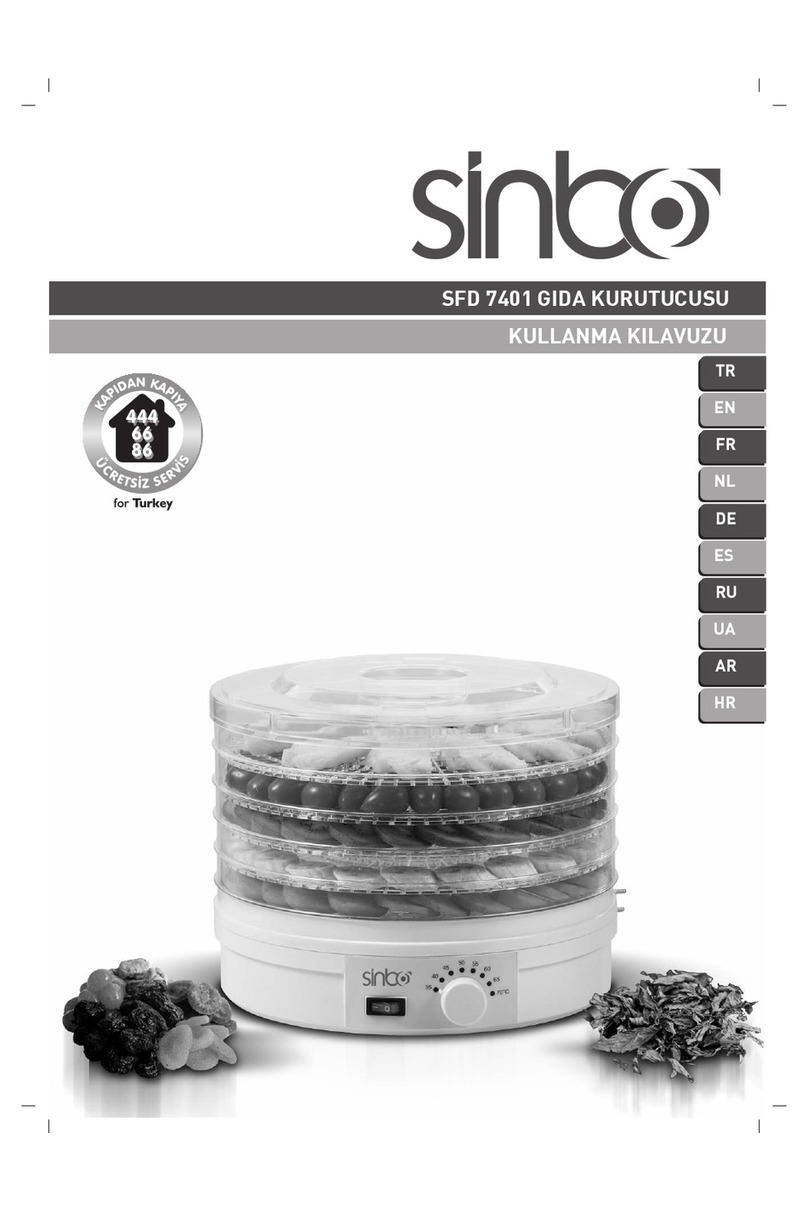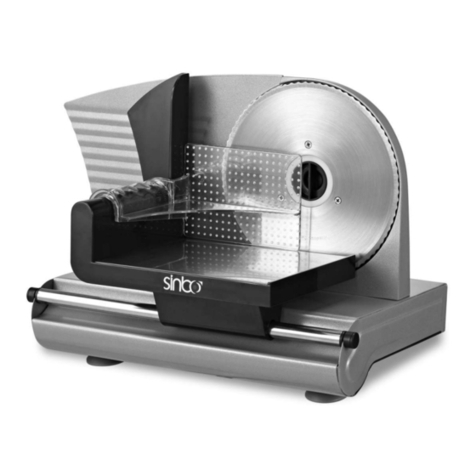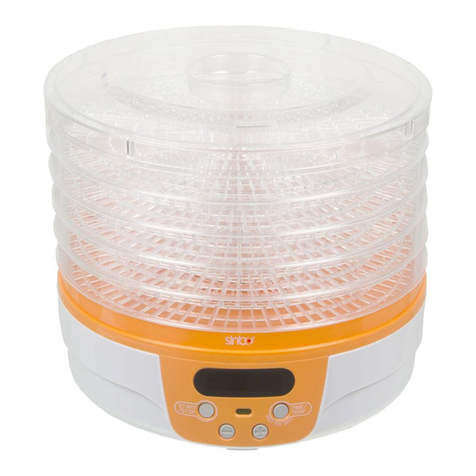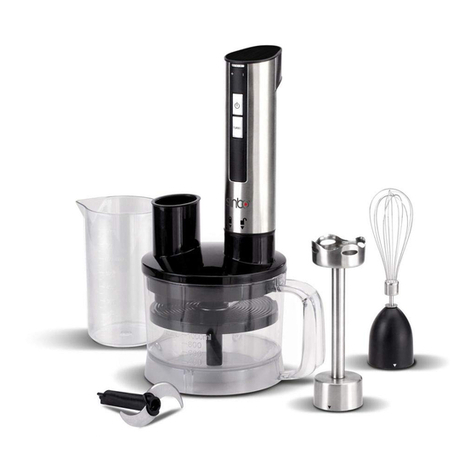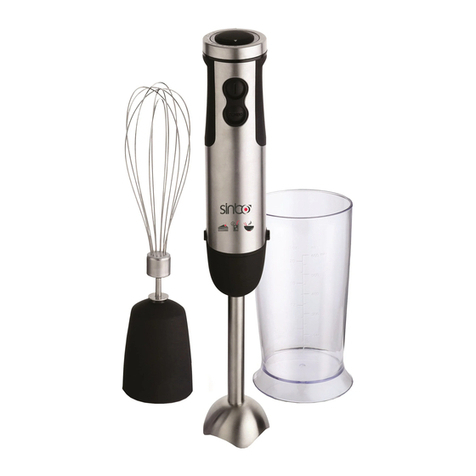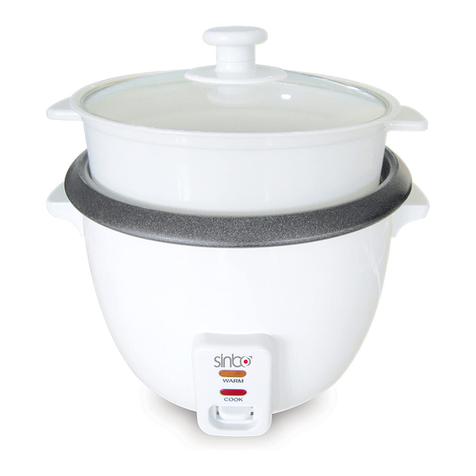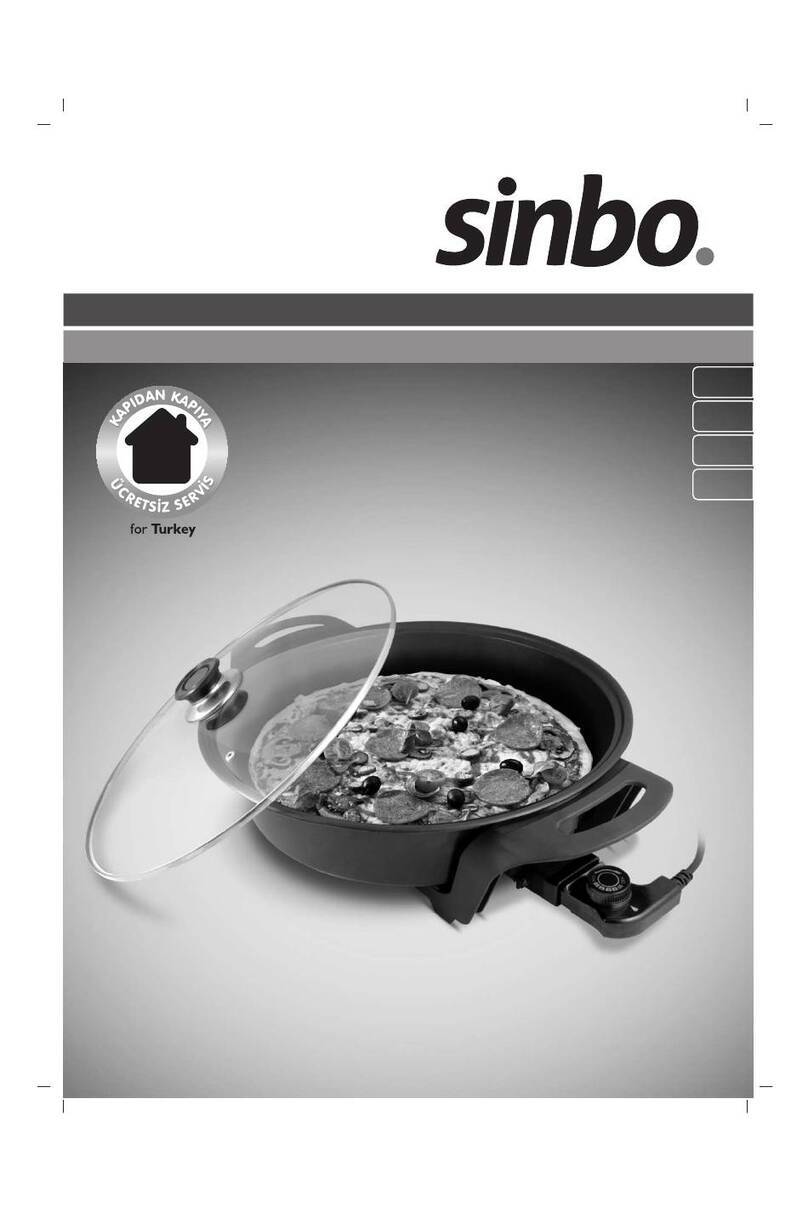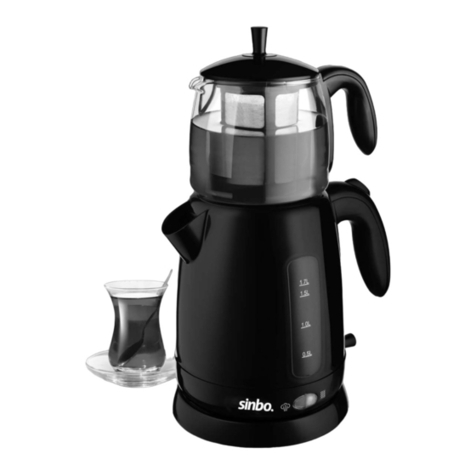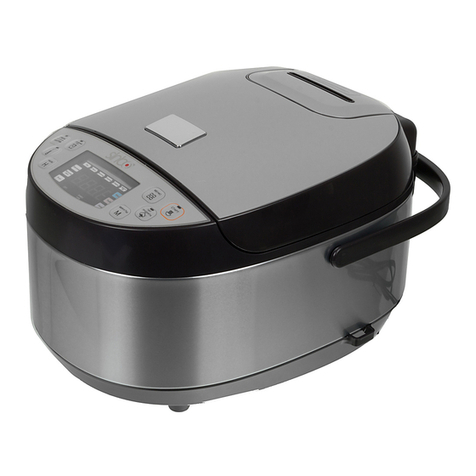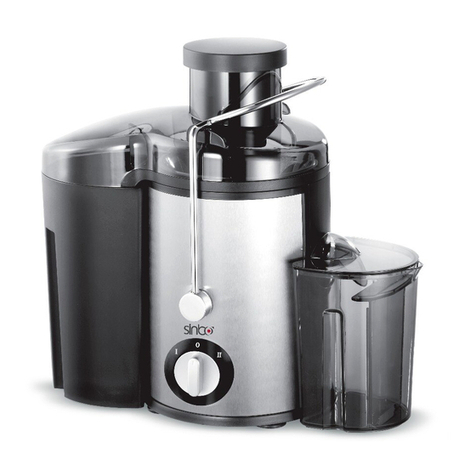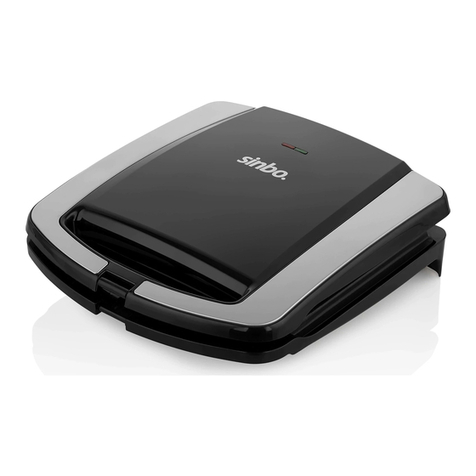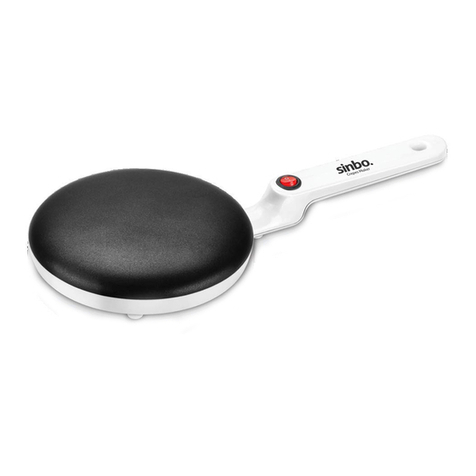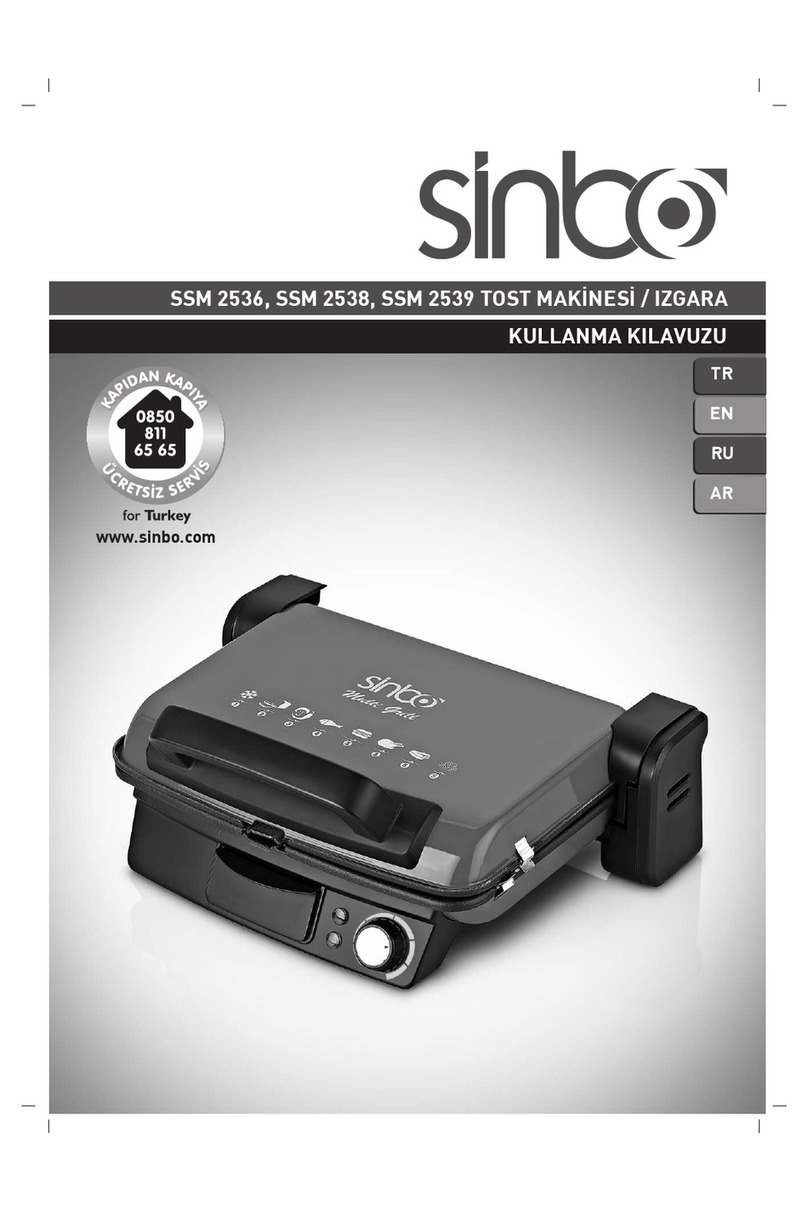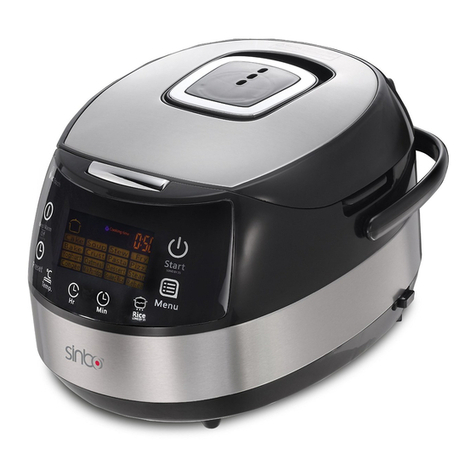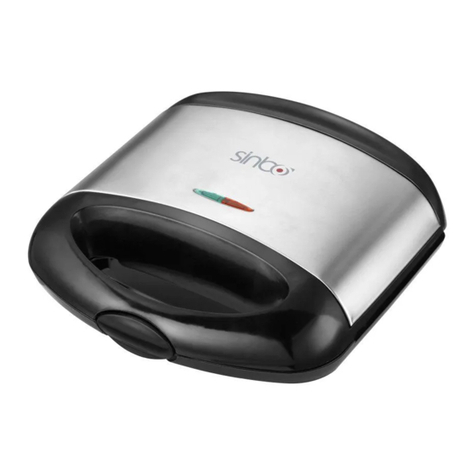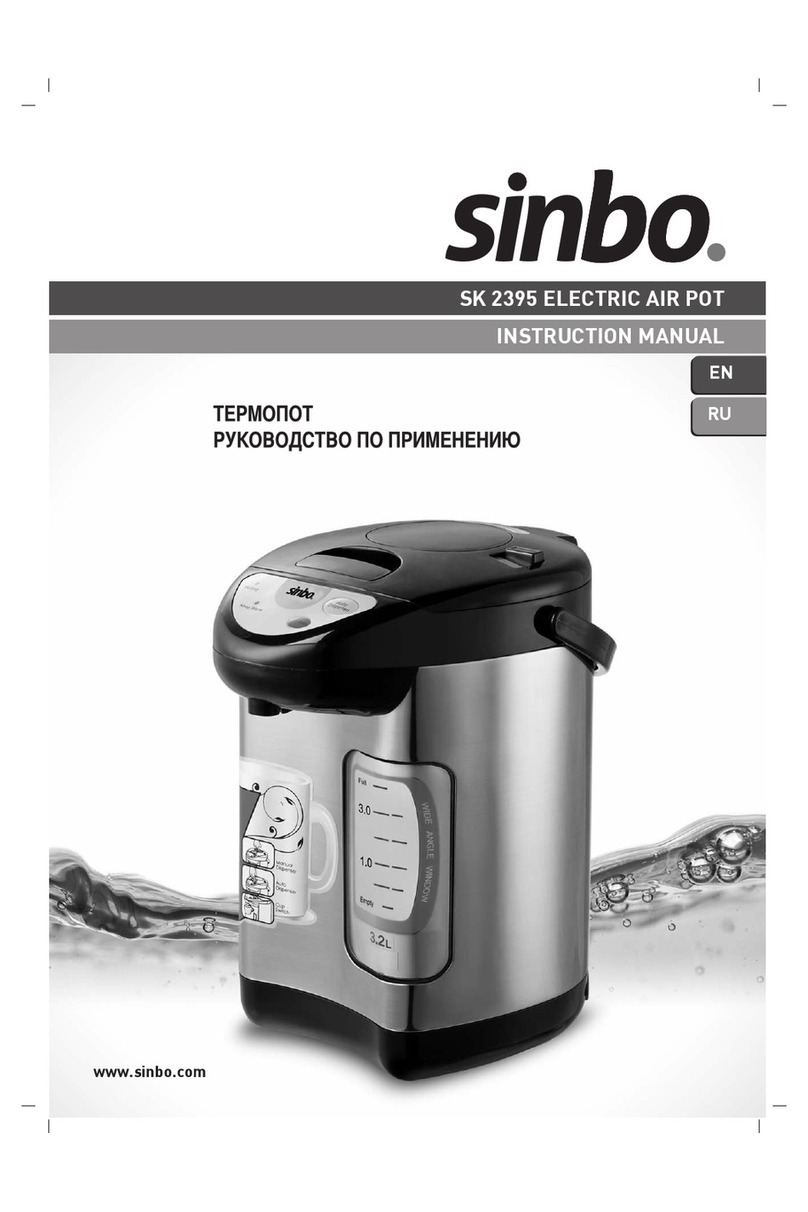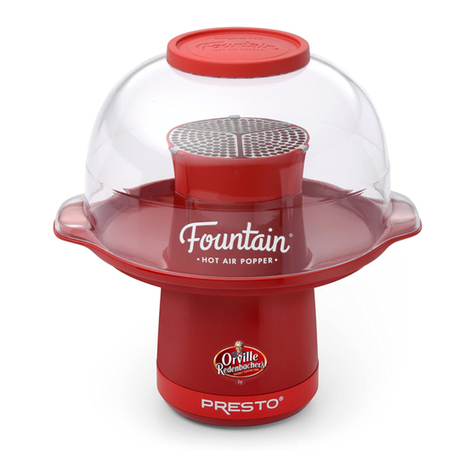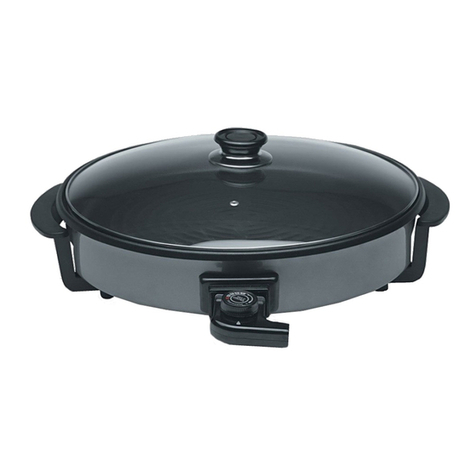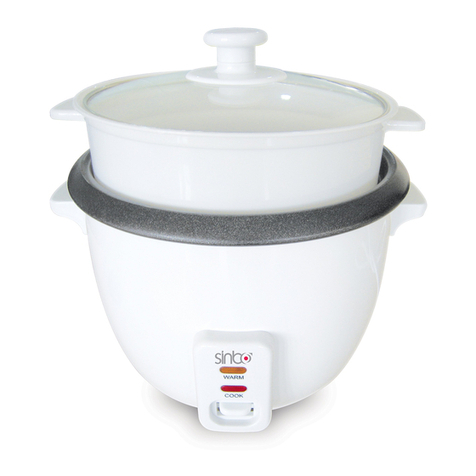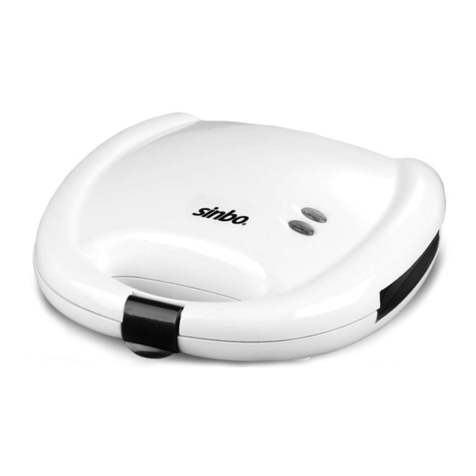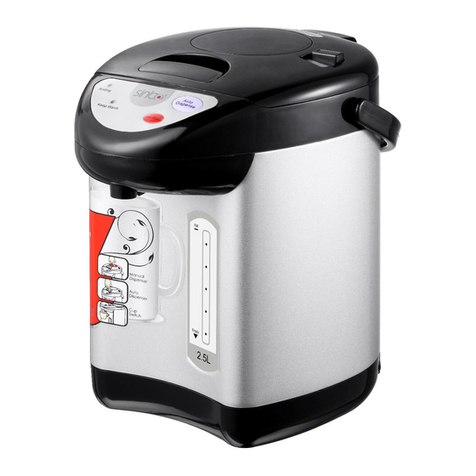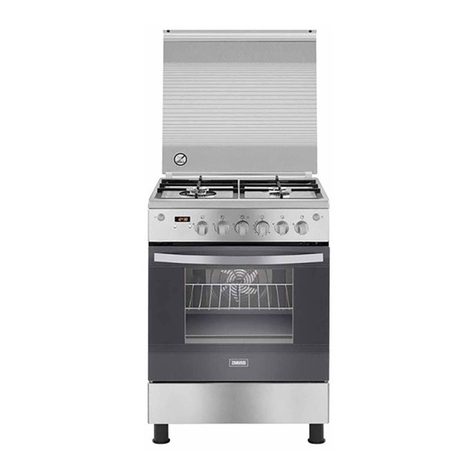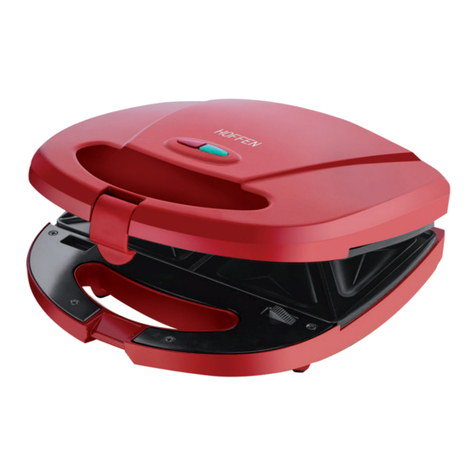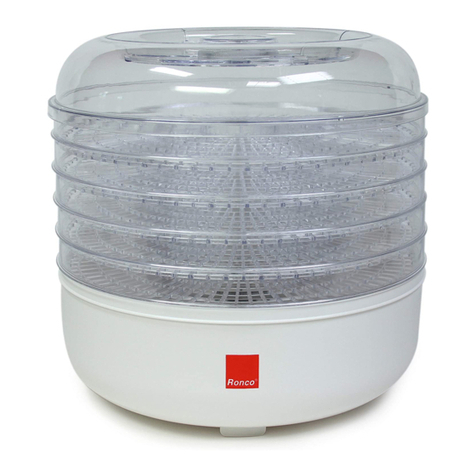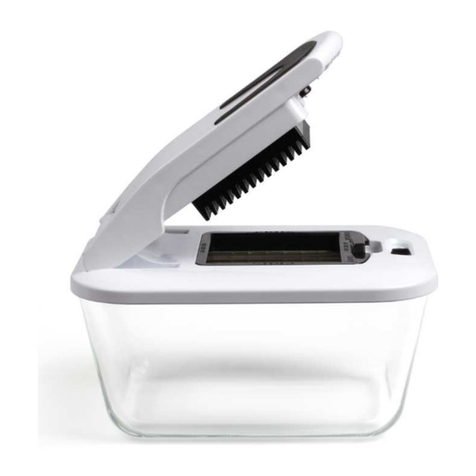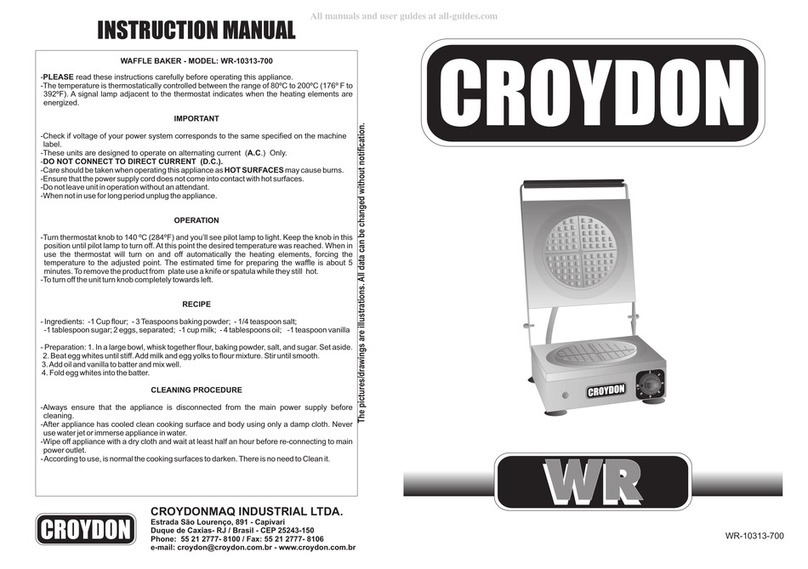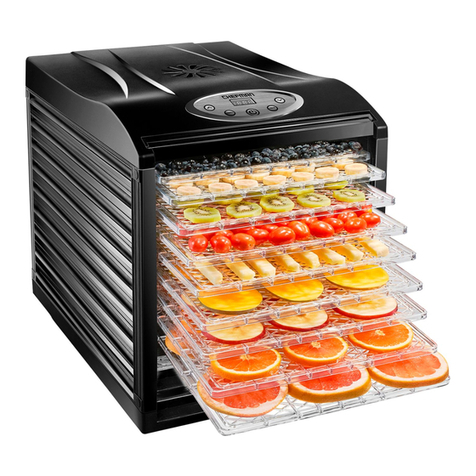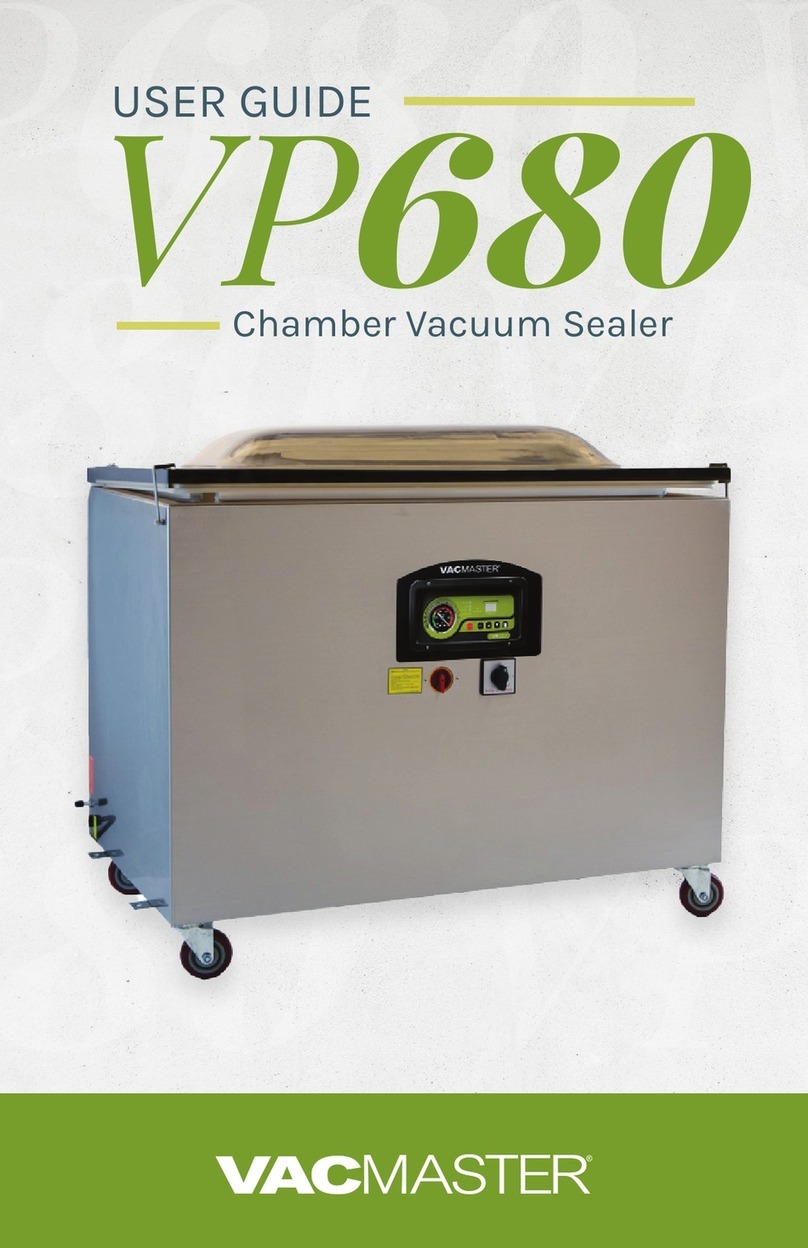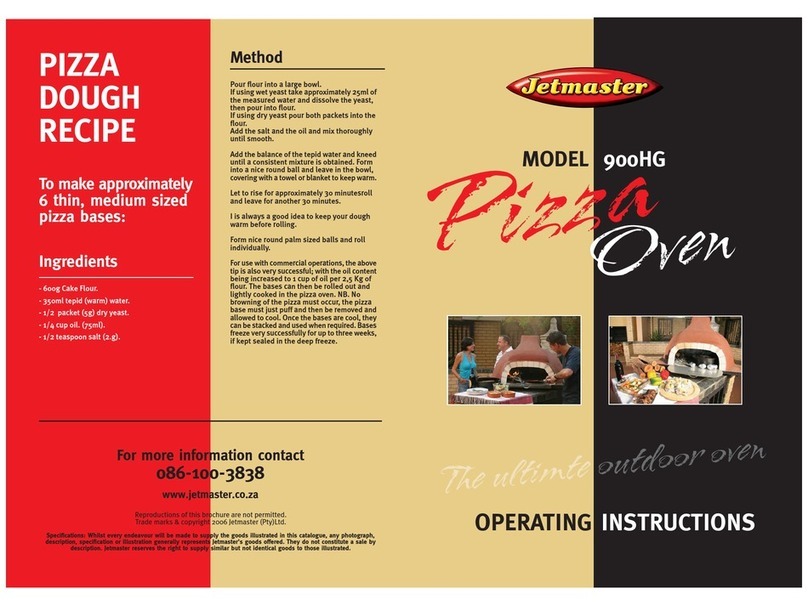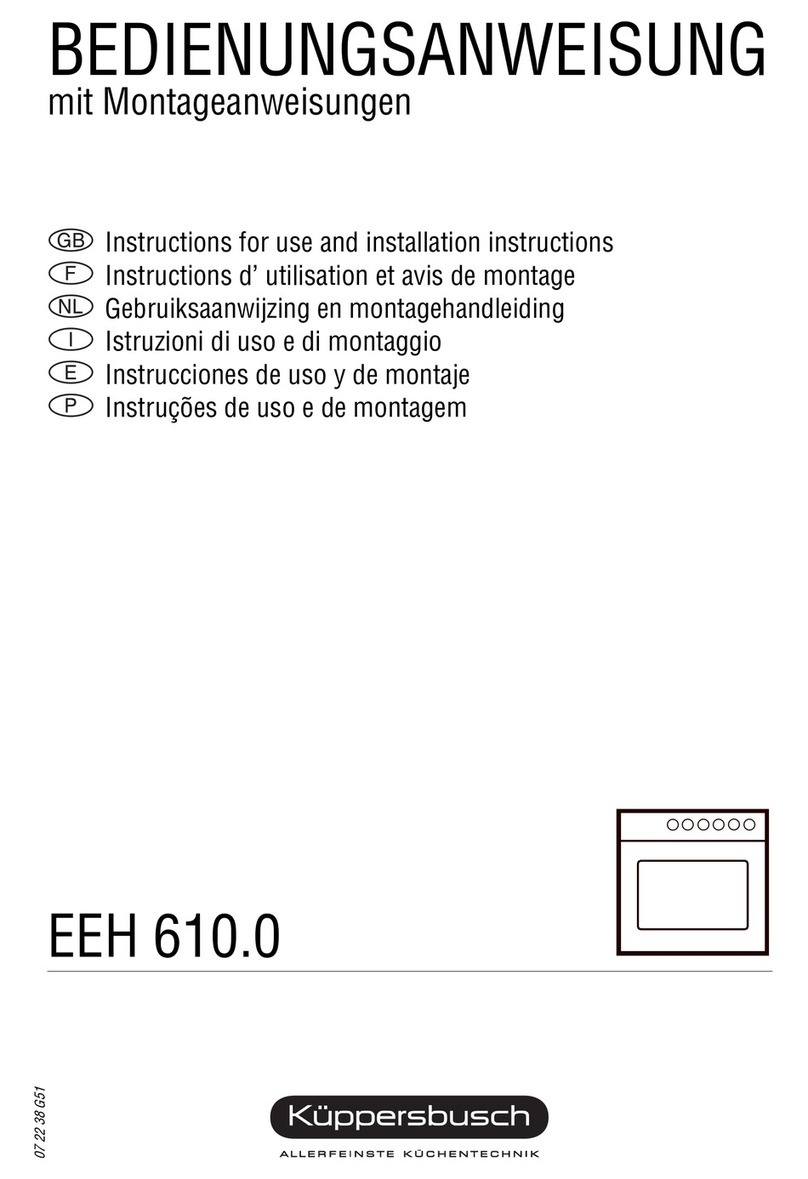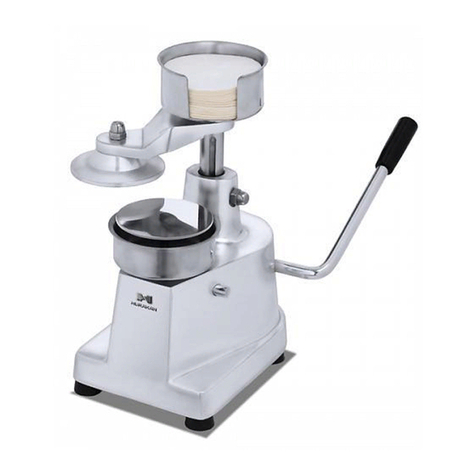
VACUUM SEALING BASICS
1. Foods that normally require
refrigeration or freezing should still
be refrigerated or frozen even when
vacuum sealed. Vacuum sealing will
help retain your food’s flavor and
texture. Vacuum sealing may not
stop the growth of certain kind of
bacteria and yeast fermentation.
Vacuum sealing is not a substitute
for heat preserving or canning.
Do not serve or consume food that
VACUUM SEALING BASICS
Vacuum sealing is an easy and convenient way to help preserve the freshness of your
food. FOOD STORAGE STANDARD
SHELF LIFE
VACUUM
SHELF LIFE
Large cuts of meat: beef,
poultry, lamb and pork
Freezer 6 months 2-3 years
Ground meat: beef, poultry,
lamb and pork
Freezer 4 months 1 year
Fish Freezer 4 months 1 year
Coffee beans Room temp 4 weeks 16 months
Berries: strawberries,
raspberries, blackberries
Refrigerator 1-3 days 1 week
Cheese Refrigerator 1-2 weeks 4-8 months
Cookies, crackers Room temp 1-2 weeks 3-6 weeks
Flour, sugar, rice Room temp 6 months 1-2 years
TIPS & NOTES
•Vacuum sealing is NOT intended to
replace refrigeration or freezing
•Do not reuse bags after exposure to raw
meat, fish, or poultry or if heated or
microwaved
Soups and Sauces
1. To vacuum seal soups and sauces,
place filled bag upright in freezer
and allow liquid to freeze. Remove
frozen bag and proceed with
vacuum.
2. Model DZ-280/2SE can seal
liquids as the sealer is
accompanied with a filter cup.
Fruit and Vegetables
1. For best results, fruits can be frozen
before vacuum sealing. Wash and
dry fruit. Freeze for about 2 hours
before vacuuming.
2. Frozen vegetables may sometimes
turn black if they are not blanched
before freezing.
Mushrooms need to breathe and
Do not serve or consume food that
has an odd odor, texture or
appearance.
Freezing
1. Vacuum sealing helps prevent
freezer burn by removing the air in
a bag.
2. For best results, thaw frozen foods
in a refrigerator. Never thaw raw
meats, fish, dairy or poultry at room
temperature. Thawing by
microwave may affect the texture of
foods. If thawing by microwave,
begin cooking process immediately
after thawing to prevent bacteria
growth.
Microwaving and Simmering
1. Do not reuse bags once used in
microwave or cooked in a pot.
Lettuce Refrigerator 3-6 days 2 weeks
Nuts Room temp 6 months 2 years
Mushrooms need to breathe and
should never be sealed in plastic.
Meats, Fish & Poultry
1. For best results, pre-freeze prior to
vacuum sealing for 1-2 hours to
retain moisture and shape of the
meat.
2. Vacuum sealing may cause meat to
darken. This is due to the removal
of oxygen and does not indicate
spoilage.
3. Do not reuse bags after exposure
to raw meat, fish or poultry.
Ground Coffee or Other Powders
1. Wrap paper towel around coffee or
place coffee in a bag or the original
packaging prior to vacuum sealing.
Source: Dr. G.K. York, Department of Food Science & Technology, University of California, Davis
Non Edible Items
Vacuum seal non edible items
1. Helps prevent oxidation and rust –
vacuum seal silver or any other
items which are sensitive to oxygen.
2. Keep items dry – pack items that
need to stay dry such as camping
items – matches, film, passport.
3. When vacuuming items with sharp
edges (spaghetti, silverware, etc)
protect bag from puncture by
wrapping item in cushioning
material.
